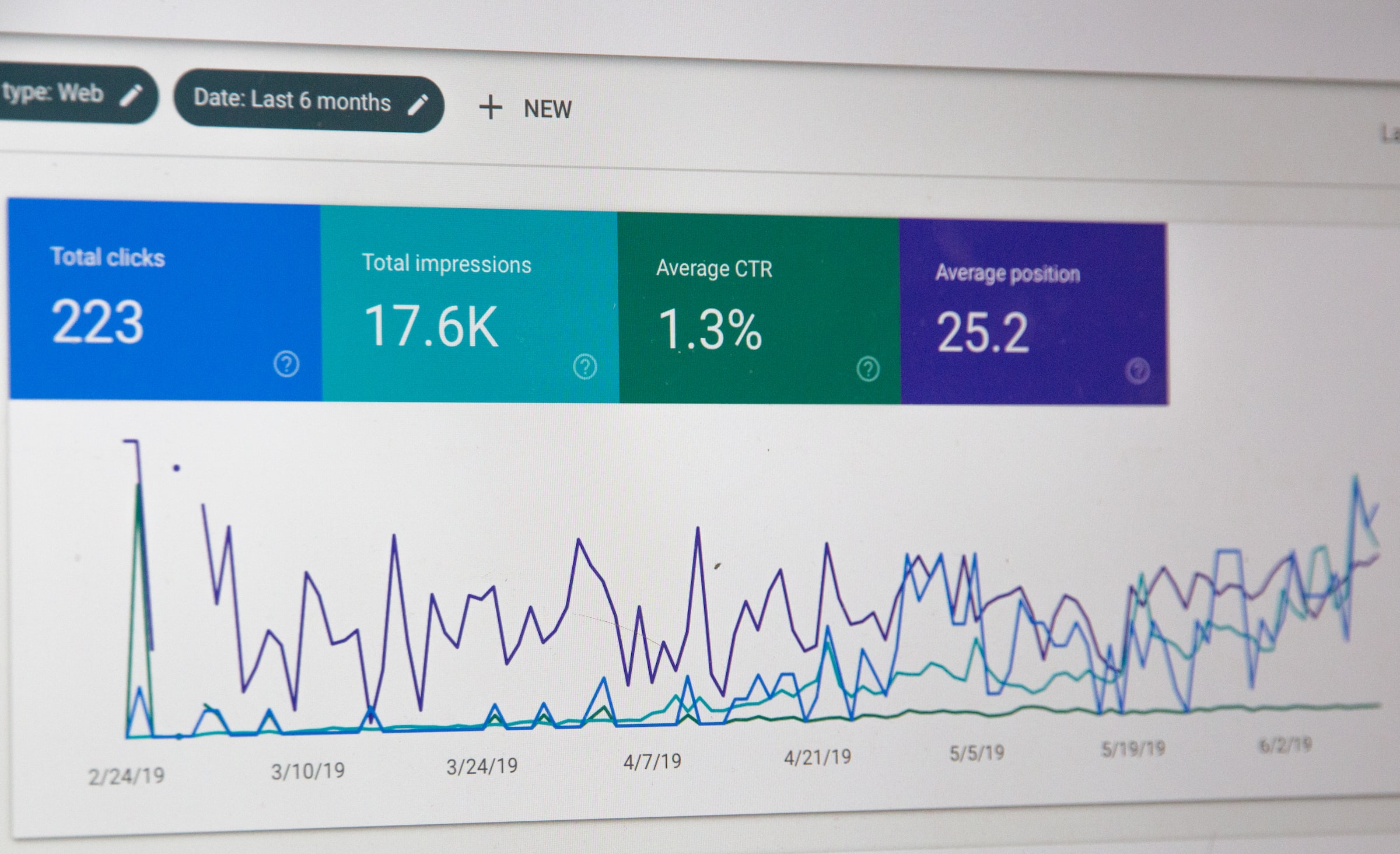When it comes to search engine optimization (SEO), businesses and content creators often focus heavily on external backlinks. However, what many overlook is the significant impact of internal linking on a website’s SEO performance. Internal links are more than just convenient pathways for website navigation — they are essential tools for improving search engine rankings, enhancing user experience, and distributing page authority throughout a site.
The Role of Internal Links in SEO
Internal links are hyperlinks that direct users from one page to another within the same domain. They help search engines like Google understand the structure of your website, discover new content, and determine the relative importance of individual pages.
Google’s algorithms analyze how pages are interlinked to assess a site’s hierarchy and content relevance. Pages with more internal links pointing to them are often seen as more significant and are crawled more frequently, potentially resulting in higher rankings in the search engine results pages (SERPs).

How Internal Links Boost SEO
There are several core ways in which internal linking can strengthen SEO:
- Enhancing site crawlability: Internal links assist search engine bots in discovering all the content on a website. Well-placed internal links ensure that even deep pages are indexed properly.
- Distributing page authority: Known as “link equity,” authority from high-performing pages can be passed to less popular or newer pages using internal links.
- Improving user experience: Relevant internal links keep users engaged, encouraging them to read additional content, which decreases bounce rates and increases time on site — positive signals for SEO.
- Clarifying site structure: An organized linking strategy communicates the relationship between topics and helps Google understand your content better, potentially boosting rankings for targeted keywords.
Best Practices for Internal Linking
To maximize the SEO benefits of internal linking, follow these best practices:
- Use descriptive anchor texts: The clickable text in a link should clearly indicate the topic of the destination page. Avoid generic phrases like “click here.”
- Prioritize relevance: Link to pages that are contextually related to the current content to maintain thematic consistency. Irrelevant links can confuse both users and search engines.
- Maintain a balanced link structure: Don’t over-saturate a page with too many internal links. While there is no strict limit, too many links can dilute their value and distract users.
- Link to deep pages: Make sure important sub-level pages receive links, not just top-category or homepage URLs. This helps expose users and search engines to overlooked areas of your site.

Common Mistakes to Avoid
While internal linking offers numerous benefits, missteps can undermine its effectiveness. Here are some pitfalls to watch out for:
- Broken internal links: These lead to 404 error pages, which frustrate users and hinder crawl bots. Regularly audit your site to fix them.
- Too many links on a single page: Google has a guideline of keeping the number of links per page within a reasonable limit to ensure usability and indexing efficiency.
- Using the same anchor text repeatedly: This could signal keyword stuffing or unnatural link behavior. Vary your anchor text while keeping it relevant.
Internal Linking and Content Strategy
Integrating internal linking into your content strategy can amplify results. Every new piece of content represents an opportunity to connect with existing posts, categorize topics strategically, and guide both humans and bots through your website. Consider maintaining a content hub where cornerstone articles link out to more specific or related content.
Additionally, using SEO tools such as Screaming Frog, Ahrefs, or Google Search Console can help identify pages with poor internal link coverage or highlight opportunities for better interconnections across content.
Conclusion
Internal links absolutely boost SEO when used thoughtfully and strategically. They do more than just improve navigation; they signal content importance, enhance crawlability, and contribute to better keyword visibility. In combination with high-quality content and a responsive site structure, internal links form an essential component of a robust SEO strategy.
As search engines continue to evolve, emphasis on user experience and content relevance will increase. A well-structured internal linking system supports both these goals, making it one of the most accessible and effective SEO techniques available to any site manager or digital marketer.
